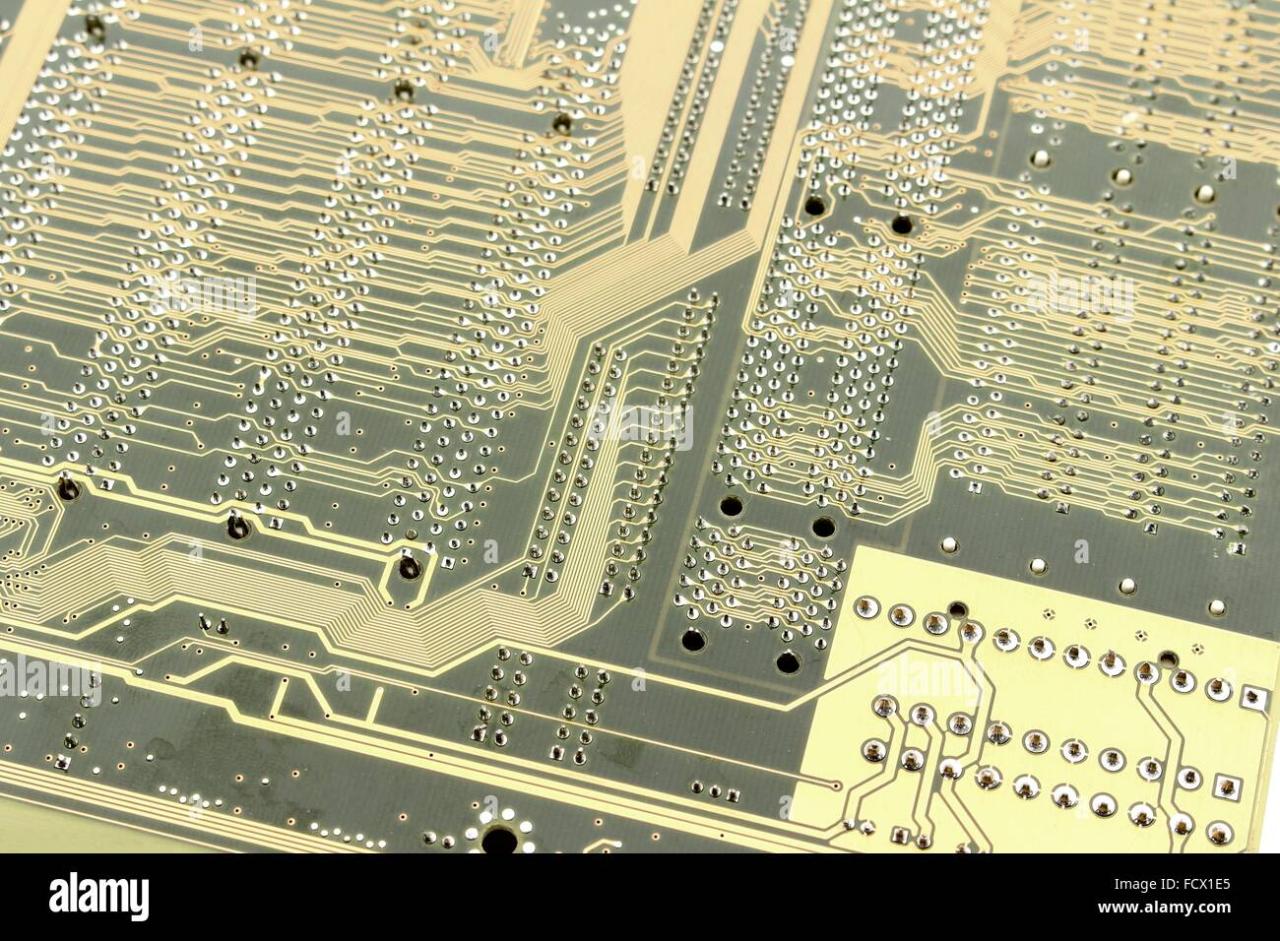What Makes a Motherboard the Backbone of Your Computer? This question dives into the essential role a motherboard plays in the functionality and performance of your computer system. Acting as the central hub, it connects all components, allowing them to communicate effectively. Understanding the motherboard’s significance is crucial for anyone looking to build or upgrade their computer, as it not only supports the processor and memory but also influences overall stability and speed.
From the type of sockets available for processors to the number of expansion slots for graphics cards, each feature of a motherboard can dramatically affect how your computer operates. In an age where technology rapidly evolves, familiarizing yourself with these components can empower you to make informed decisions, ensuring your setup meets your needs.
In today’s fast-paced digital world, the importance of effective communication cannot be overstated. Whether we are engaging in personal conversations or professional interactions, the way we convey our thoughts and ideas can significantly impact our relationships and outcomes. This article delves into the nuances of communication, its various forms, and practical tips to enhance our skills.To begin with, let’s understand what communication is.
At its core, communication is the process of exchanging information, ideas, thoughts, or feelings between individuals or groups. It can occur through various channels, including verbal, non-verbal, written, and visual methods. Each of these forms has unique characteristics and plays a crucial role in how we connect with others. Verbal Communication: This is perhaps the most common form of communication, involving spoken words and conversations.
Effective verbal communication requires not only a clear choice of words but also the ability to listen and respond appropriately. It encompasses tone, pitch, and volume, all of which can influence the message being conveyed. For instance, a friendly tone can make a simple greeting feel warm and welcoming, while a harsh tone can create barriers and misunderstandings. Non-verbal Communication: Often referred to as body language, non-verbal communication includes facial expressions, gestures, posture, and eye contact.
It’s a powerful form of communication because it often conveys more than words can express. For example, crossing arms may suggest defensiveness or discomfort, while maintaining eye contact can indicate confidence and engagement. Being aware of our body language and that of others can enhance our ability to communicate effectively. Written Communication: In the age of technology, written communication has become increasingly important.
Whether through emails, text messages, or social media posts, the written word can reach a wide audience swiftly. However, it also poses challenges, such as the risk of misinterpretation. To ensure clarity in written communication, it’s essential to organize thoughts logically, use proper grammar and punctuation, and be mindful of the audience’s perspective. Visual Communication: This form encompasses images, videos, graphs, and charts, serving to complement and enhance verbal or written messages.
Visuals can simplify complex information and make it more accessible. For instance, a well-designed infographic can convey statistical data more effectively than a lengthy report. In presentations, visuals can engage audiences and reinforce key points, making the overall communication more impactful.Now that we’ve explored the different types of communication, let’s discuss some practical tips to enhance our communication skills.
1. Active Listening
One of the most vital aspects of communication is listening. Active listening involves fully concentrating on what the other person is saying rather than just waiting for your turn to speak. It’s about understanding the message and responding thoughtfully. Techniques such as nodding, summarizing what the speaker has said, and asking clarifying questions can demonstrate that you are engaged and value the other person’s input.

2. Be Clear and Concise
When expressing your thoughts, strive to be as clear and concise as possible. Avoid using jargon or overly complex language that may confuse the listener. Instead, stick to simple, direct language that conveys your message effectively. If you have a lot to say, consider breaking it down into manageable parts to avoid overwhelming your audience.
3. Practice Empathy
Understanding the emotions and perspectives of others is crucial in effective communication. Empathy allows us to connect on a deeper level and fosters trust. By putting ourselves in someone else’s shoes, we can tailor our messages to resonate with their feelings and experiences, ultimately leading to a more productive dialogue.
4. Be Mindful of Non-verbal Signals
As we discussed earlier, non-verbal cues can significantly impact how our messages are received. Being aware of your body language and facial expressions can help you communicate more effectively. For example, maintaining an open posture and smiling can create a welcoming atmosphere, while negative body language may deter others from engaging with you.
5. Seek Feedback
Whether in a professional setting or personal interactions, seeking feedback can help you improve your communication skills. Ask trusted colleagues or friends for their insights on how you communicate. Constructive feedback can highlight areas for improvement and boost your confidence in your abilities.
6. Know Your Audience
Tailoring your message to suit your audience is essential for effective communication. Different groups may require different approaches based on their demographics, backgrounds, and interests. Understanding who you’re communicating with allows you to choose appropriate language, tone, and content that resonates with them.
7. Manage Your Emotions
Emotions can significantly influence communication. In moments of high stress or conflict, it’s essential to manage your emotions to communicate effectively. Taking a moment to breathe, reflect, and collect your thoughts can help prevent impulsive reactions that may escalate the situation.
8. Practice Regularly
Like any skill, communication requires practice. Engage in conversations with diverse individuals, participate in public speaking, or join groups that focus on enhancing communication skills. The more you practice, the more comfortable and proficient you will become.In conclusion, effective communication is a critical skill that can greatly impact our personal and professional lives. By understanding the different forms of communication and actively working to improve our skills, we can foster better relationships, enhance collaboration, and achieve our goals.
Remember, communication is not just about speaking; it’s about connecting with others, understanding their perspectives, and conveying our thoughts in a way that resonates. So, let’s embrace the art of communication and make an effort to listen, empathize, and express ourselves effectively. Ultimately, the goal of communication is not merely to exchange information but to build relationships and forge deeper connections with those around us.
By honing our skills in this area, we can create a positive ripple effect in our lives and the lives of others.



